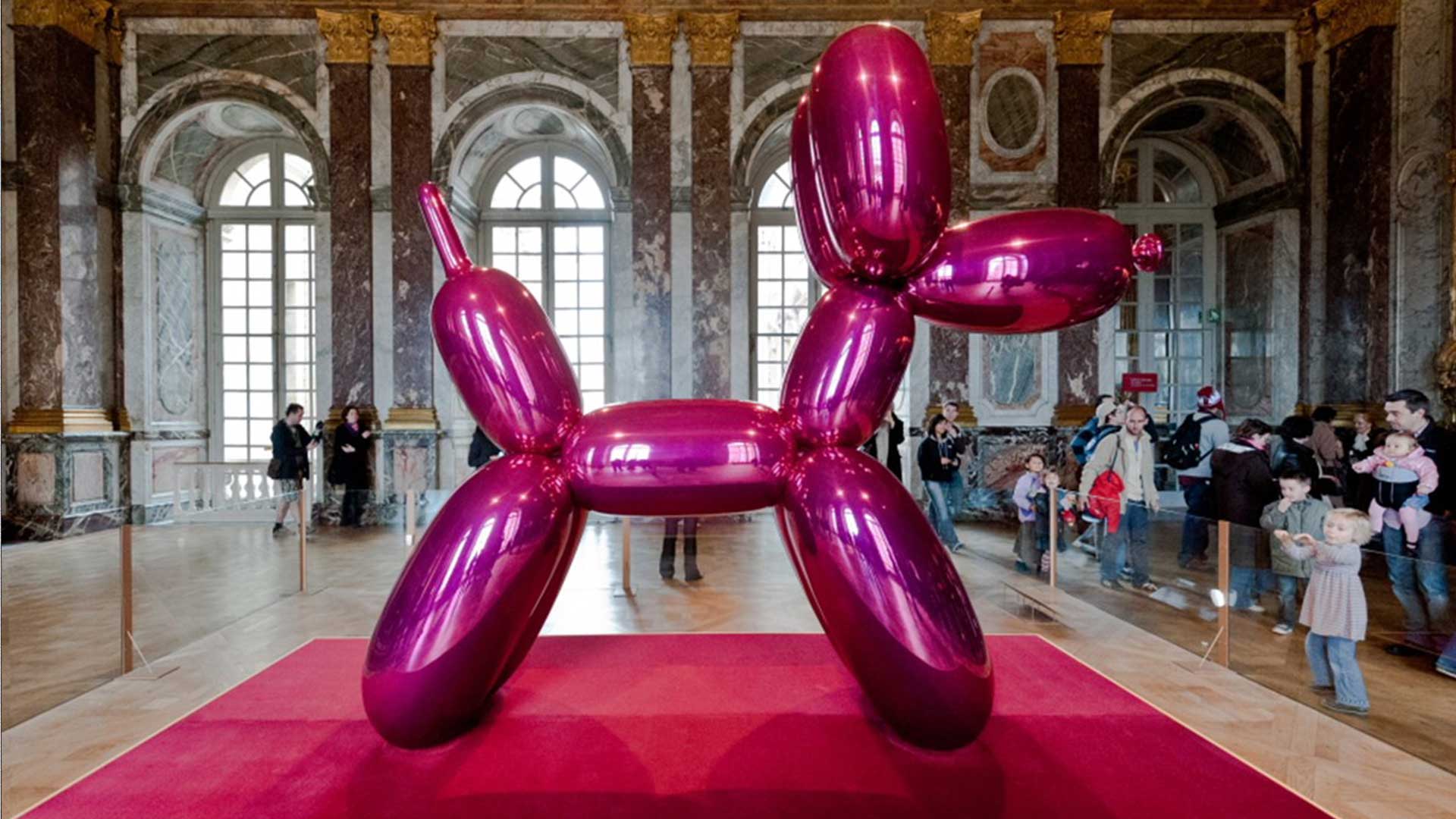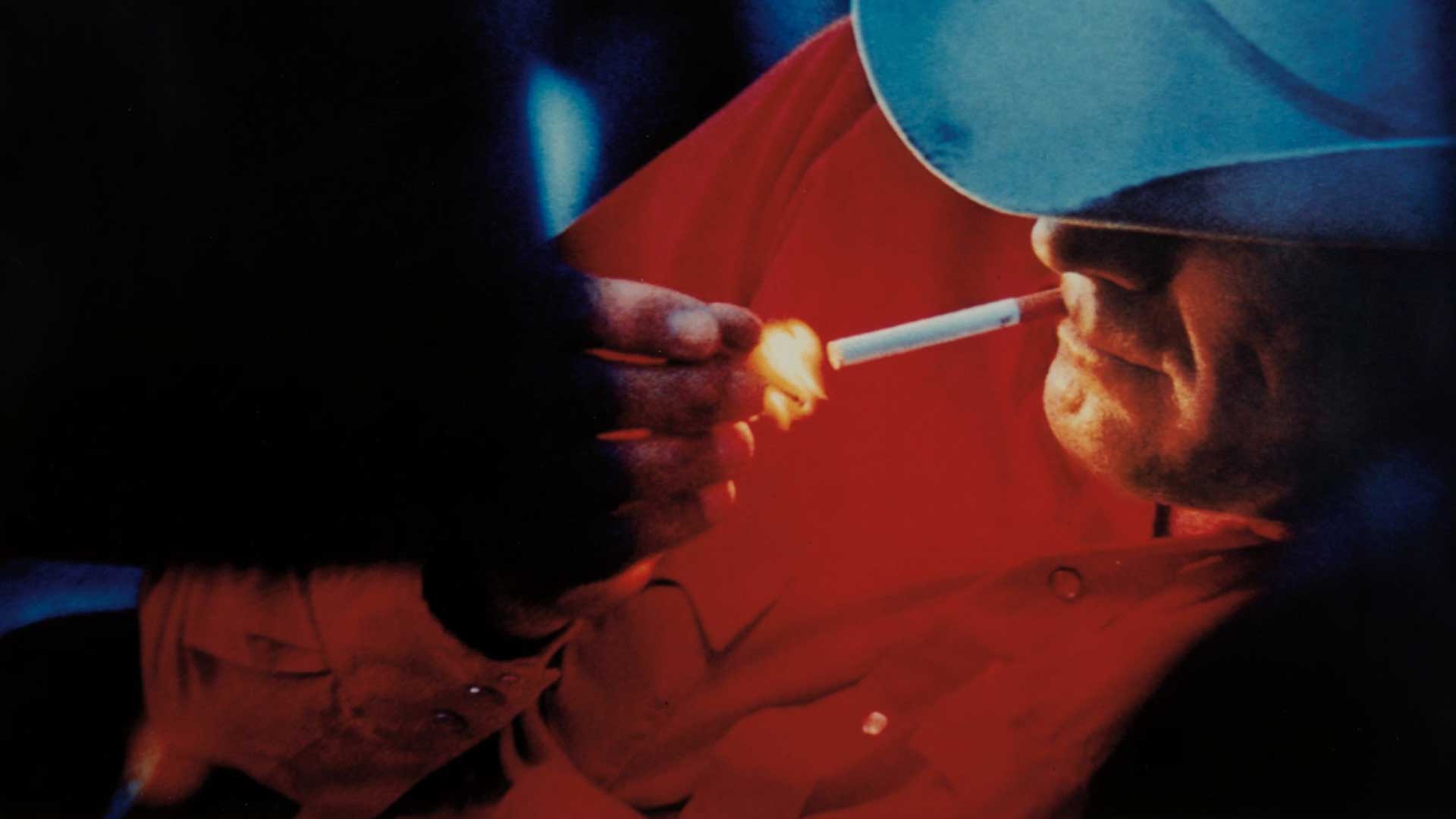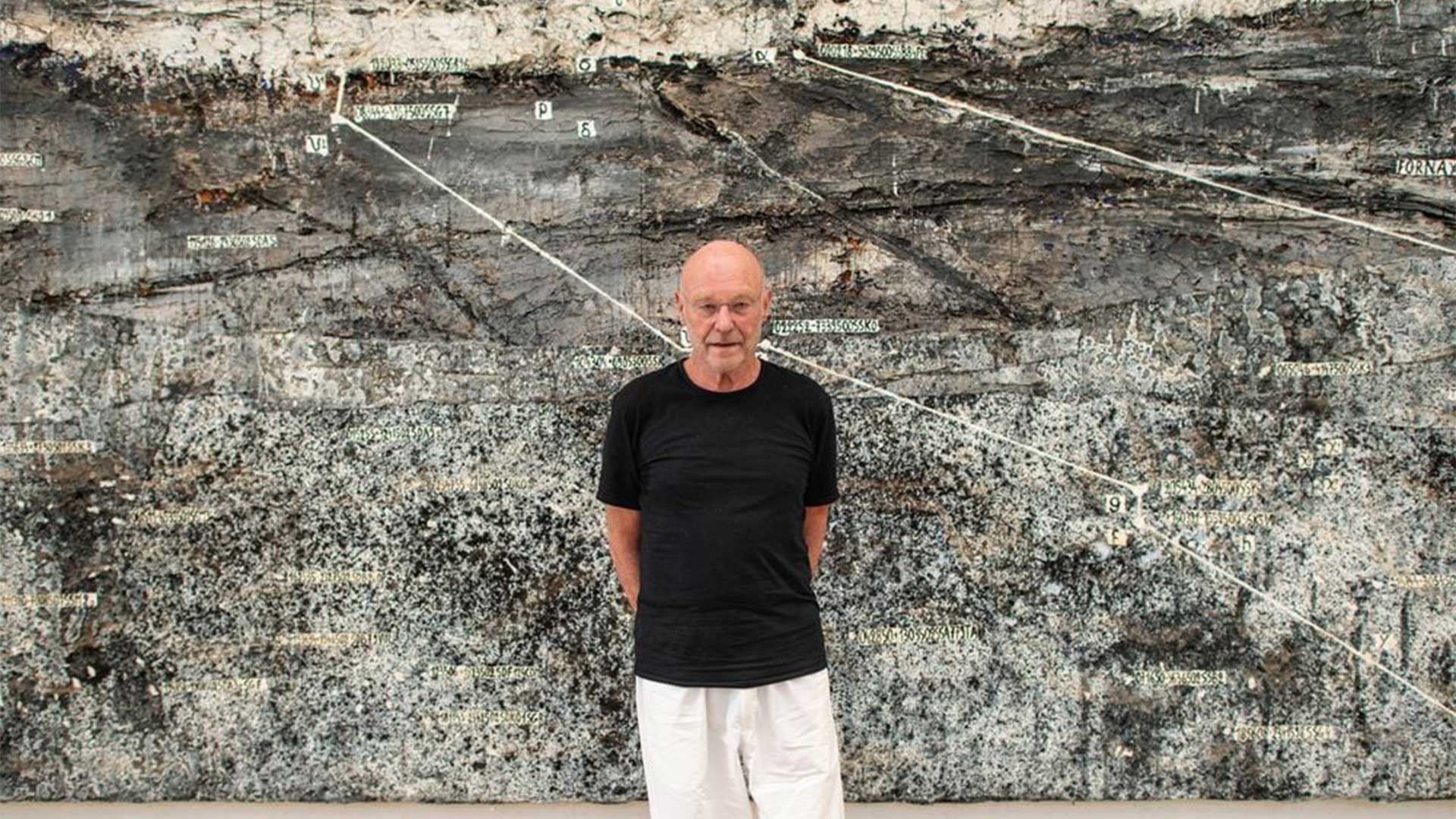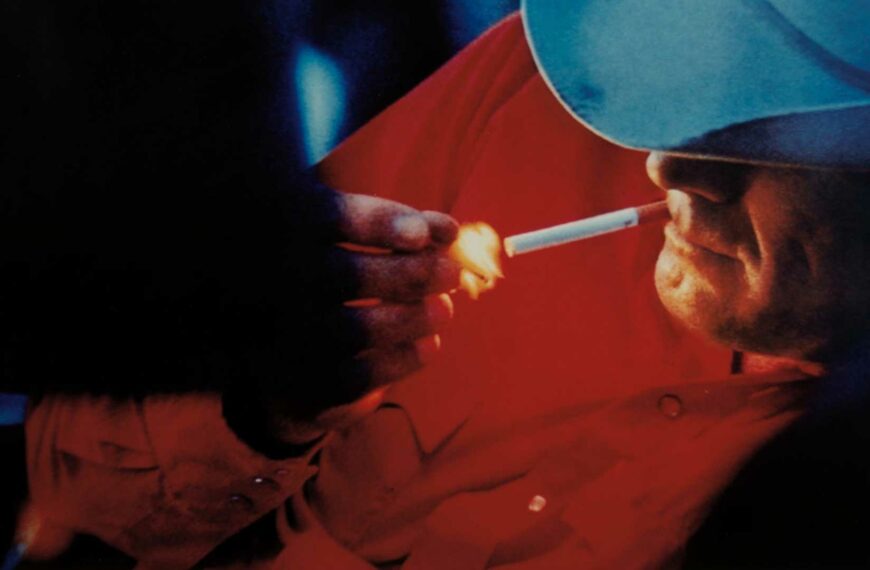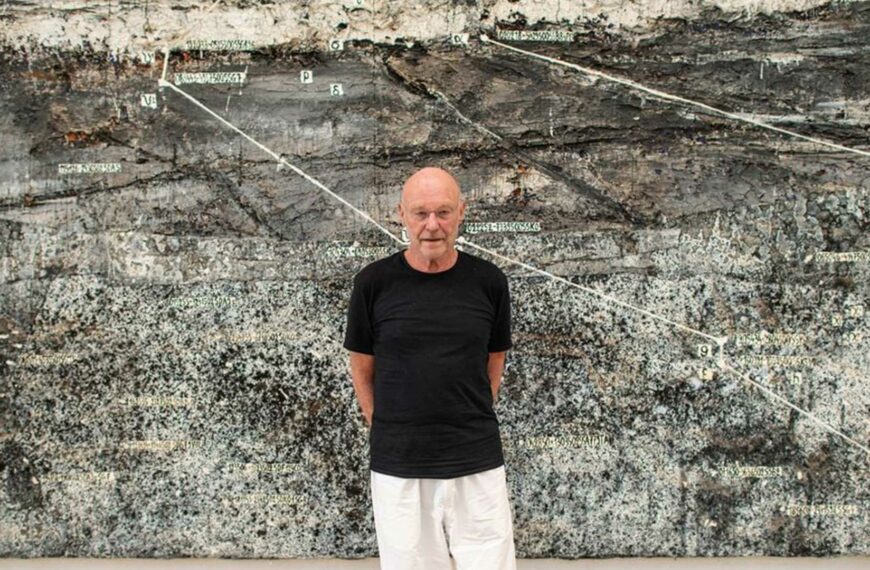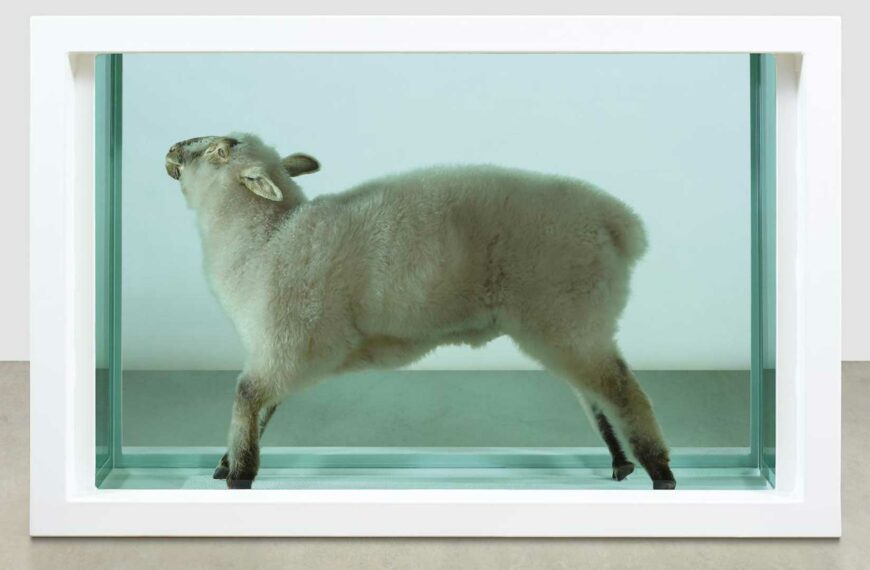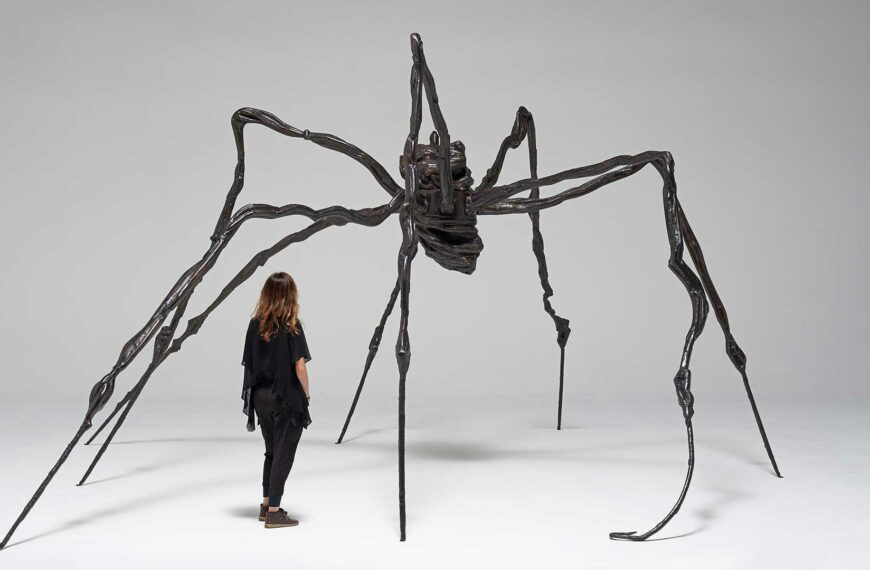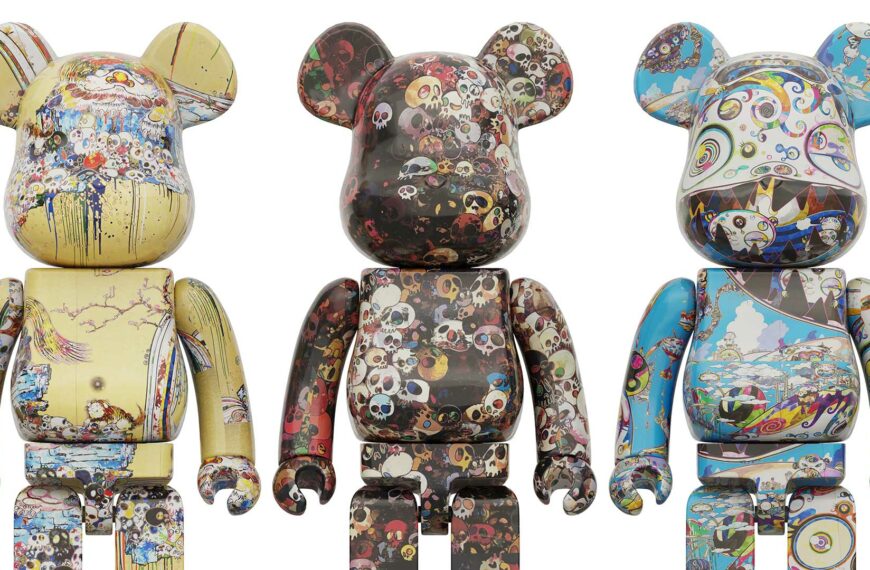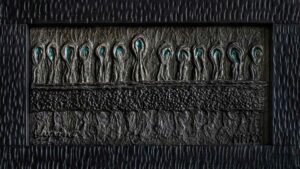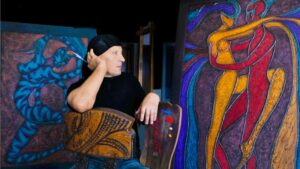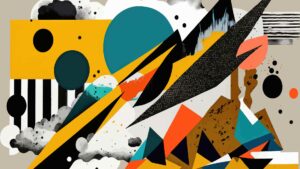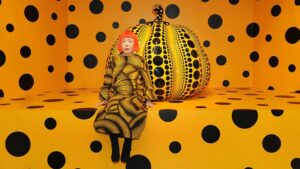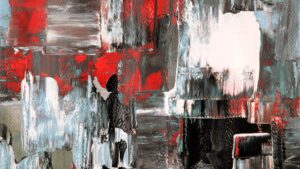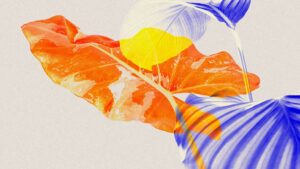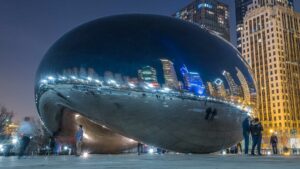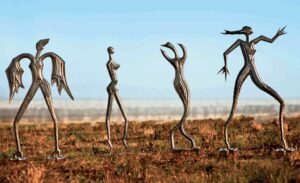What you will learn about the modern artist Jeff Koons:
- Jeff Koons’ early life, upbringing, and education, and how it influenced his artistic vision.
- The innovative use of Neo-Pop aesthetics by Koons and his technique of appropriating consumer objects in his artwork.
- Notable works, collaborations, controversies, and criticisms surrounding Koons’ work, as well as his influences and inspirations.
Early Life and Background
Born in 1955 in York, Pennsylvania, Jeff Koons is one of America’s most renowned and controversial contemporary artists. From a young age, he displayed a passion for art and developed an appreciation for the beauty found in everyday objects. After studying painting at the Maryland Institute College of Art in Baltimore, Koons embarked on a career as a commodities broker on Wall Street. However, he soon realized that his true calling was in the world of art, leading him to leave finance behind and pursue his passion for creativity. This marked the beginning of his remarkable artistic career.
Neo-Pop Aesthetics and Consumer Object Appropriation
Koons’ artistic style is deeply rooted in the innovative use of Neo-Pop aesthetics. Inspired by the Pop Art movement of the 1960s, he seamlessly blends elements of high and low culture in his artwork. One of the defining features of Koons’ work is his appropriation and transformation of familiar consumer objects into larger-than-life sculptures. By doing so, he challenges traditional notions of art and encourages viewers to reconsider the value and meaning of everyday objects.
Among Koons’ most iconic works are his series of stainless steel sculptures. Crafted with meticulous attention to detail, these sculptures possess a flawless mirror-like surface, capturing the essence of consumerism and materialism in modern society. By elevating banal objects like vacuum cleaners, balloon animals, and inflatable toys to the status of high art, Koons blurs the boundaries between art and popular culture.
The symbolism in Koons’ creations is rich and multifaceted. Through the magnification of everyday objects, he invites viewers to confront their own perceptions of scale and value. His sculptures also convey a sense of whimsy and playfulness, evoking a childlike wonder. Koons’ art bridges the gap between the ordinary and the extraordinary, allowing viewers to see the beauty in the seemingly mundane.
Notable Works and Collaborations
Throughout his prolific career, Koons has produced a multitude of notable works that have captivated audiences worldwide. One of his most renowned pieces is “Rabbit,” a stainless steel sculpture of a balloon animal. With its smooth and reflective surface, “Rabbit” has become synonymous with Koons’ name and represents the essence of his artistic vision.
In addition to his individual works, Koons has also collaborated with luxury brands, further solidifying his reputation as a groundbreaking artist. Notably, he reimagined Louis Vuitton’s iconic bags by adorning them with famous paintings, including those by Leonardo da Vinci and Vincent van Gogh. This fusion of high fashion and fine art showcases Koons’ ability to blur the boundaries between different artistic disciplines.
Controversies and Criticisms
As with any artist of Koons’ stature, controversies and criticisms surround his work. Some critics argue that his use of consumer objects and appropriation diminishes the originality of his creations, accusing him of plagiarism. Others contend that his collaborations with luxury brands commodify art, turning it into a mere status symbol.
However, it is essential to approach these controversies with nuance and consider multiple perspectives. While some may question Koons’ artistic merit, others view his creations as a reflection of modern consumerist society. Koons’ ability to provoke discussions and spark debates about the nature of art is a testament to his impact on contemporary culture.
| Notable Works and Collaborations | Influence and Inspiration |
|---|---|
| “Rabbit” – stainless steel sculpture of a balloon animal | Andy Warhol – approach to popular culture and fascination with celebrity |
| Collaboration with Louis Vuitton, adorning bags with famous paintings | Marcel Duchamp – concept of ready-mades and appropriation |
| Pablo Picasso – exploration of form and perspective |
Influence and Inspiration
To understand Koons’ artistic style, it is crucial to explore the artists who have influenced him. Notable figures include Andy Warhol, Marcel Duchamp, and Pablo Picasso. Koons draws inspiration from Warhol’s approach to popular culture and fascination with celebrity. Duchamp’s concept of ready-mades, or ordinary objects transformed into art, resonates deeply with Koons’ practice of appropriation. Picasso’s exploration of form and perspective also plays a significant role in Koons’ artistic development.
Koons incorporates elements from these influential artists into his own work, creating a fusion of artistic traditions that transcends time and place. This offers viewers a fresh perspective on the evolution of art.
Record-Breaking Sales and Prestigious Collections
Koons’ impact extends beyond the art world. His artworks have achieved record-breaking prices at auctions, solidifying his prominence in the art market. In 2019, his piece “Rabbit” sold for a staggering $91 million, making it the most expensive artwork by a living artist ever sold at auction.
Furthermore, Koons’ creations are held in prestigious collections around the world, including the Museum of Modern Art in New York, the Tate Modern in London, and the Guggenheim Bilbao. The presence of his works in these esteemed institutions underscores his lasting legacy and cements his place in art history.
The Impact of “Rabbit”: A Reflection on Koons’ Record-Breaking Sculpture
- Discuss the significance and impact of Jeff Koons’ iconic sculpture, “Rabbit.”
- Introduce the story of Sarah, a passionate art collector, who had been following Koons’ career for years.
- Sarah was captivated by “Rabbit” when she first laid eyes on it at an art exhibition. She was drawn to its shiny surface, the exaggerated proportions, and the sense of whimsy it evoked. She knew she had to add it to her collection.
- Describe Sarah’s journey to acquire “Rabbit,” as she navigated the competitive world of art auctions and bidding.
- Sarah faced stiff competition from other collectors who recognized the value and significance of this groundbreaking artwork.
- Despite facing fierce competition, Sarah’s determination and deep appreciation for Koons’ work drove her to secure “Rabbit” for her collection.
- Reflect on the impact “Rabbit” had on the art world and the broader cultural landscape.
- Discuss how the record-breaking sale of “Rabbit” at auction highlighted Koons’ status as a contemporary art superstar.
- Analyze the ripple effect of this sale, as it sparked conversations about the value of contemporary art and the role of consumerism in artistic expression.
- Conclude with Sarah’s personal reflection on the significance of “Rabbit” in her collection.
- Sarah realized that “Rabbit” not only represented a monumental achievement for Koons but also symbolized the ever-evolving nature of art and its ability to challenge traditional norms.
- Sarah’s experience with “Rabbit” deepened her appreciation for Koons’ artistry and left her pondering the enduring impact of his work on future generations of artists and collectors.
Metaphysical Dialogues and Cultural History
Koons’ art engages viewers in a metaphysical dialogue with cultural history, prompting contemplation about the nature and purpose of art in the modern era. His “Gazing Ball” series exemplifies this exploration of cultural heritage. In this series, Koons places a reflective blue gazing ball in front of iconic paintings, inviting viewers to reflect upon their own existence and relationship with canonical works of art.
The “Gazing Ball” series has received mixed critical reception, with some praising Koons’ ability to breathe new life into historical artworks, while others question the motives behind these reinterpretations. Nevertheless, the series signifies Koons’ ongoing exploration of the boundaries between originality, reproduction, and authenticity.
Conclusion
Jeff Koons has undoubtedly made a significant impact on the art world through his Neo-Pop aesthetics and transformative approach to consumer objects. By seamlessly blending high and low culture, collaborating with luxury brands, and achieving record-breaking sales, he has solidified his place as a modern master. Despite controversies and criticisms, Koons’ work continues to provoke discussions about the nature of art in contemporary society. His enduring influence and lasting legacy will undoubtedly inspire generations of artists to come.
FAQ
Who is the modern artist Jeff Koons?
Jeff Koons is a renowned contemporary artist known for his provocative sculptures and installations.
What is Jeff Koons best known for?
Jeff Koons is best known for his iconic balloon animal sculptures and pop art-inspired creations.
How did Jeff Koons become famous?
Jeff Koons gained fame through his innovative approach to art and his ability to challenge traditional artistic boundaries.
What makes Jeff Koons’ art unique?
Jeff Koons’ art is unique for its combination of kitsch, consumer culture, and high art references, creating visually striking pieces.
How can I appreciate Jeff Koons’ art?
To appreciate Jeff Koons’ art, explore the themes of consumerism, popular culture, and the artist’s intention behind each piece.
Isn’t Jeff Koons’ art controversial?
Yes, Jeff Koons’ art often sparks controversy due to its commercialization and the artist’s self-promotion, but it also challenges artistic norms.

